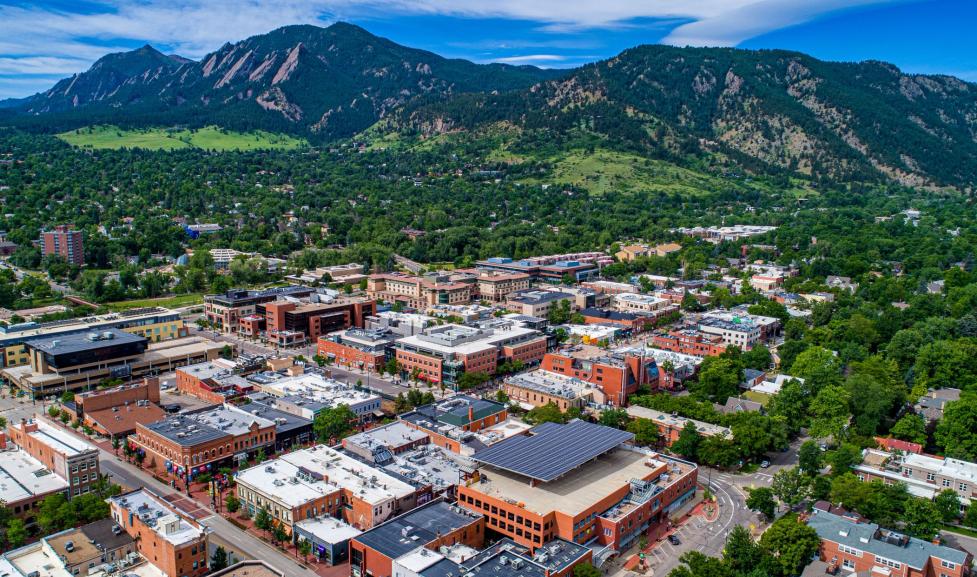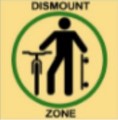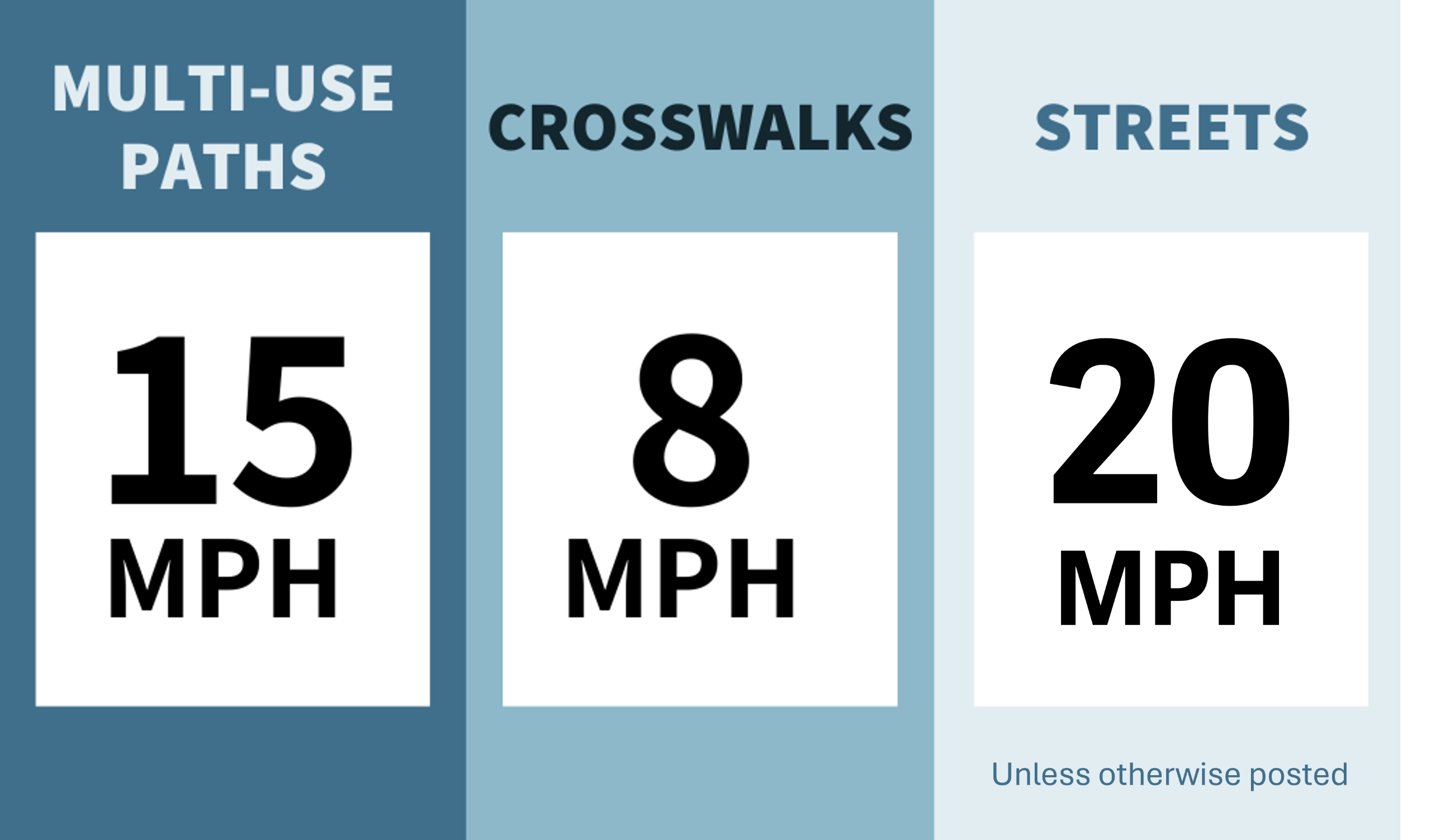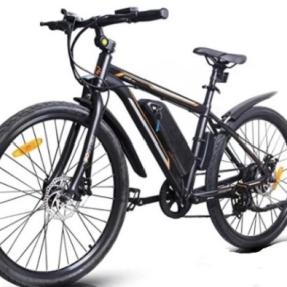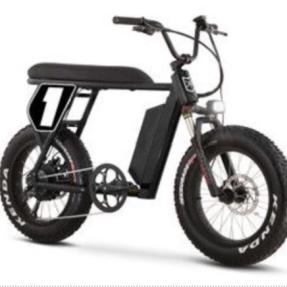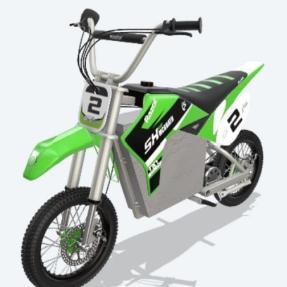For full details, view the City of Boulder Municipal Code.
Electric assisted bicycle
Electric assisted bicycle means a vehicle having:
- two tandem wheels or two parallel wheels and one forward wheel;
- fully operable pedals;
- and an electric motor not exceeding 750 watts of power rating.
The State of Colorado recognizes three classes of electric-assisted bicycles:
-
Class 1 E-bike: Equipped with a motor that provides assistance only when the rider is pedaling and that ceases to provide assistance when the bicycle reaches a speed of 20 miles per hour.
-
Class 2 E-bike: Equipped with a motor that provides assistance regardless of whether the rider is pedaling but ceases to provide assistance when the bicycle reaches a speed of 20 miles per hour.
The City of Boulder permits class 1 and class 2 e-bikes on sidewalks (except in dismount zones), multi-use paths, bike lanes and streets. Class 3 e-bikes are permitted only on streets and in bike lanes.
Low-power scooter
Low-power scooter means a self-propelled vehicle designed primarily for use on the roadways with
- not more than three wheels in contact with the ground;
- no manual clutch;
- and either of the following:
- (1) A cylinder capacity not exceeding fifty cubic centimeters if powered by internal combustion; or
- (2) A wattage not exceeding four thousand four hundred seventy-six if powered by electricity.
Low-power scooter does not include a toy vehicle, bicycle, electric assisted bicycle, electric scooter, or any device designed to assist people with mobility impairments who use pedestrian rights-of-way.
Lightweight electric vehicle
Lightweight electric vehicle means any device capable of moving itself, or of being moved, from place to place upon wheels that is
- powered by a battery; and
- weighing less than fifty pounds, including by way of example but not limitation an
- electric scooter;
- electric skateboard;
- electric unicycle; and
- self-balancing single-wheel electric personal transport board.
Lightweight electric vehicle shall not include a toy vehicle.
Low-speed electric vehicle
Low-speed electric vehicle means a vehicle that is self-propelled utilizing electricity as its primary propulsion method:
-
Has at least three wheels in contact with the ground
-
Does not use handlebars to steer
-
Exhibits the manufacturer's compliance with 49 C.F.R. 565 or displays a seventeen-character vehicle identification number as provided in 49 C.F.R. 565
-
Whose maximum speed is not greater than 25 mph
Such vehicles are motor vehicles and are authorized to operate upon the streets of the city subject to the provisions of the Boulder traffic code.
Toy vehicle
Toy vehicle means any vehicle that has wheels and is not designed for use on streets or for off-road use.
Includes, but is not limited to, gas-powered or electric-powered vehicles commonly known as mini-bikes, "pocket" bikes, and kamikaze boards.
Toy vehicle does not include lightweight electric vehicles, off-highway vehicles, or snowmobiles.
